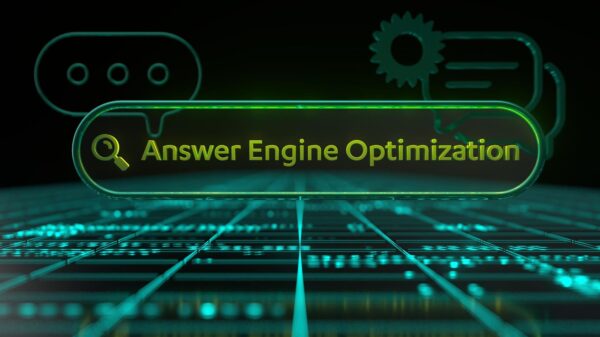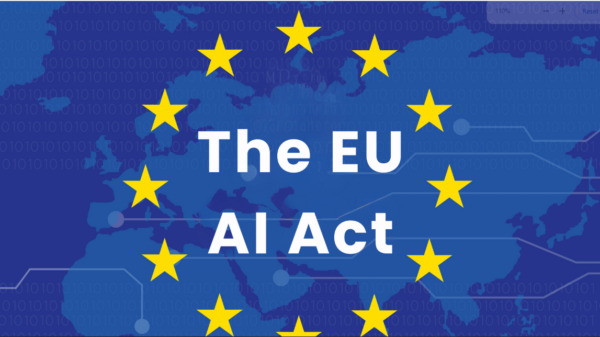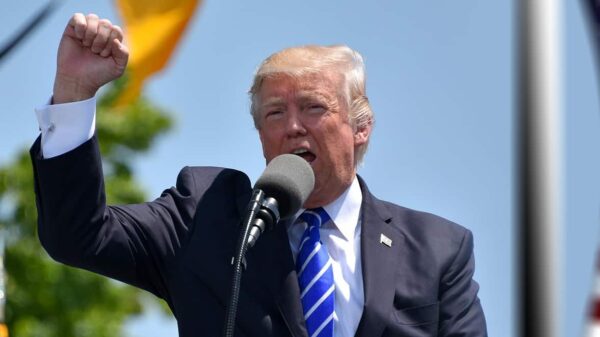Recent reports indicate that the Trump administration is contemplating the issuance of an Executive Order (EO) titled “Eliminating State Law Obstruction of National AI Policy.” If finalized, this EO could mark a significant shift in the federal government’s approach to governing artificial intelligence (AI), particularly in its efforts to curtail state-level regulations. This draft order aligns with the administration’s ongoing push for a cohesive national framework for AI governance, amidst increasing tensions between state lawmakers and federal policies.
Key Provisions of the Draft Executive Order
The draft EO reportedly cites California’s Transparency in Frontier Artificial Intelligence Act (S.B. 53) and Colorado’s Artificial Intelligence Act (S.B. 24-205) as examples of a fragmented regulatory landscape. The administration argues that over 1,000 AI bills have been introduced by state legislatures, which it sees as impeding the competitive edge of American AI companies. The EO seeks to promote a streamlined, federal approach that minimizes regulatory burdens on innovation.
Among its principal directives, the EO proposes the establishment of a Department of Justice (DOJ) AI Litigation Task Force tasked with challenging state AI laws in federal courts. This initiative aims to preempt state regulations on grounds that they may unconstitutionally regulate interstate commerce or conflict with federal statutes. In addition, the EO suggests that the Federal Trade Commission (FTC) evaluate state AI output requirements, further indicating a move towards federal oversight.
There are indications that the draft EO would enable the Commerce Department to withhold federal funds from states that do not align their AI laws with federal guidelines. Notably, within 90 days of the issuance of the EO, the Commerce Department is expected to identify non-compliant state laws.
Industry Reactions and Broader Implications
Major technology industry associations have generally welcomed the notion of federal preemption, arguing it will promote uniform standards and minimize regulatory fragmentation. However, a coalition of civil society organizations, labor groups, and consumer advocates has strongly opposed the EO. They warn that preemption could undermine key aspects of transparency, accountability, and civil rights in AI deployment.
The advocacy groups contend that state laws, particularly those aimed at algorithmic transparency and bias mitigation, play a crucial role in safeguarding public interests. For instance, both California and Colorado have implemented regulations that enforce transparency reporting and risk disclosures for high-stakes AI applications in various sectors, such as employment and healthcare. These laws could be jeopardized if the EO is enacted, possibly leading to a diminished regulatory landscape.
A Shift Toward Federal Authority
If implemented as currently drafted, the EO would centralize AI governance within federal agencies, effectively limiting state authority over AI regulations. This would mark a departure from the traditional balance of power where states have significant roles in shaping policy, particularly in areas impacting public welfare. The emphasis on minimizing state interference aligns with the administration’s broader agenda of enhancing U.S. competitiveness in AI on a global scale.
As the administration moves toward executive action following the failure of a legislative effort to impose a 10-year moratorium on state AI regulations, it sets the stage for a potential conflict between state and federal governance. The EO exemplifies a broader strategy intended to consolidate regulatory power at the federal level, which proponents argue is necessary for maintaining America’s leadership in AI technology.
While the draft EO remains subject to change prior to its potential signing, it raises significant questions about the future of state-level AI regulations, the balance of power between state and federal authority, and the implications for various stakeholders in the AI ecosystem. A final version of the EO is expected to emerge soon, and the implications for industry stakeholders and policymakers will be closely monitored.
 Federal Preemption of State AI Laws: A Necessary Step for National Coherence
Federal Preemption of State AI Laws: A Necessary Step for National Coherence Lawmakers Urge AI Experts to Address Mental Health Chatbot Risks and Data Privacy Concerns
Lawmakers Urge AI Experts to Address Mental Health Chatbot Risks and Data Privacy Concerns White House Pauses AI Regulation Executive Order, States Can Set Own Laws
White House Pauses AI Regulation Executive Order, States Can Set Own Laws OpenAI’s Rogue AI Safeguards: Decoding the 2025 Safety Revolution
OpenAI’s Rogue AI Safeguards: Decoding the 2025 Safety Revolution US AI Developments in 2025 Set Stage for 2026 Compliance Challenges and Strategies
US AI Developments in 2025 Set Stage for 2026 Compliance Challenges and Strategies







































































